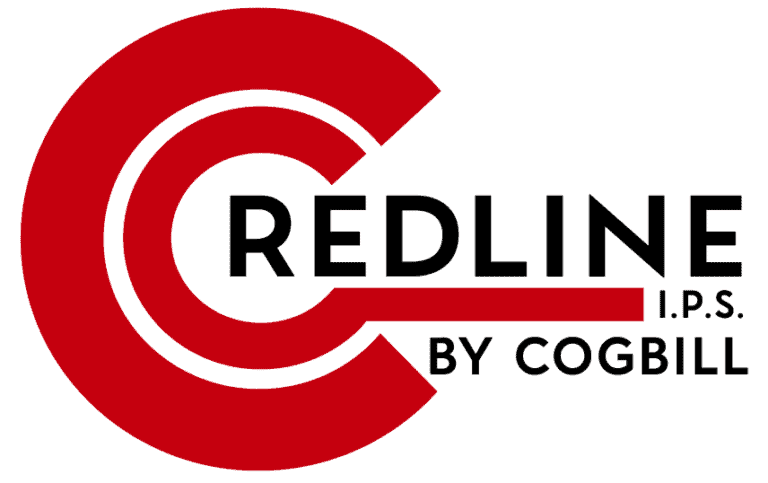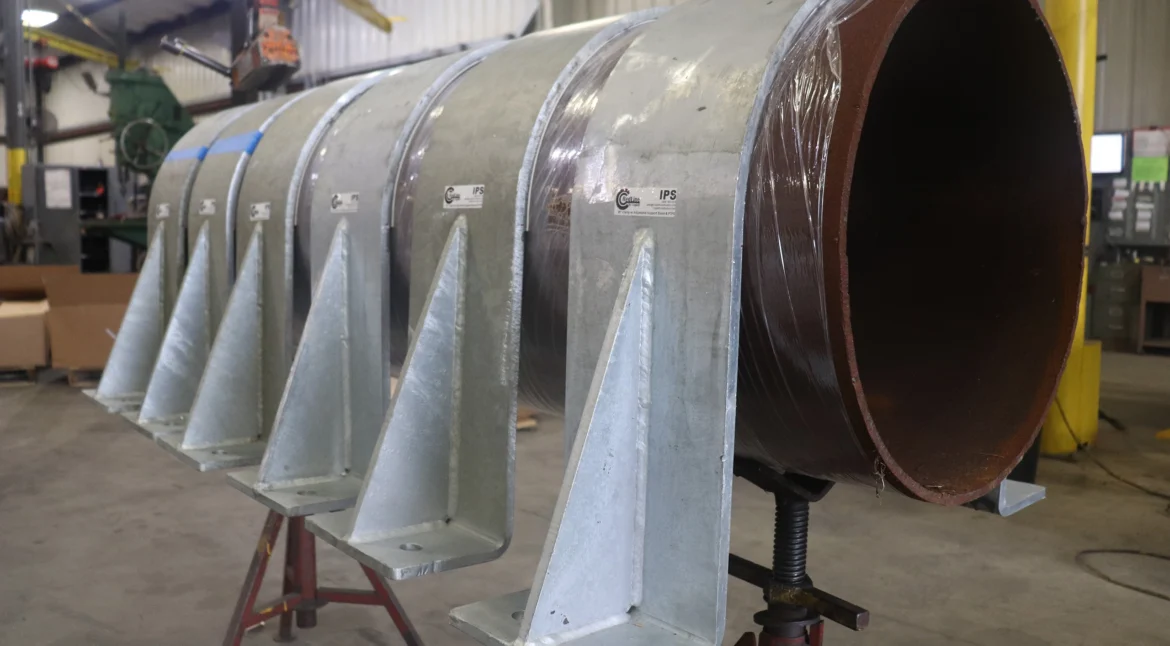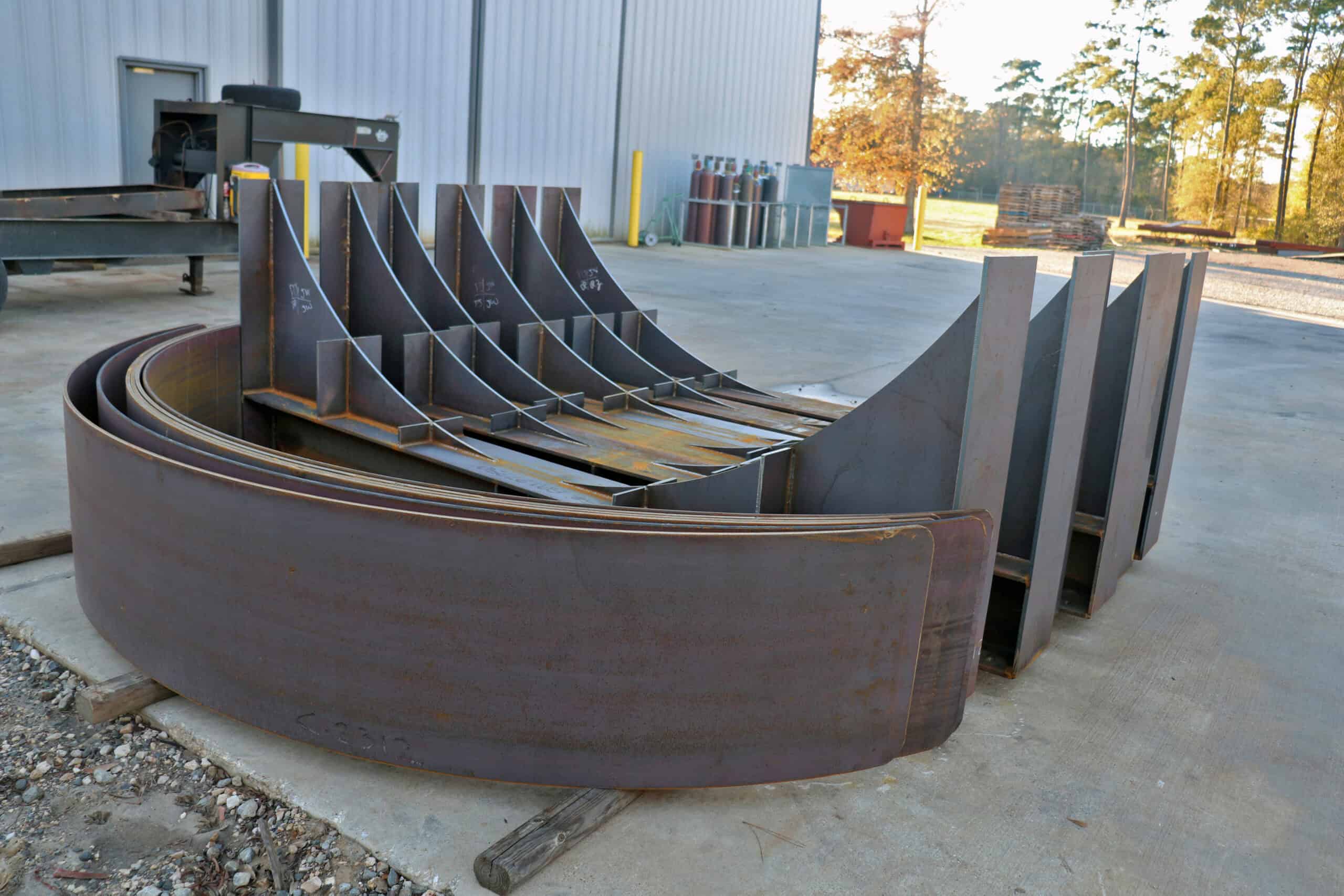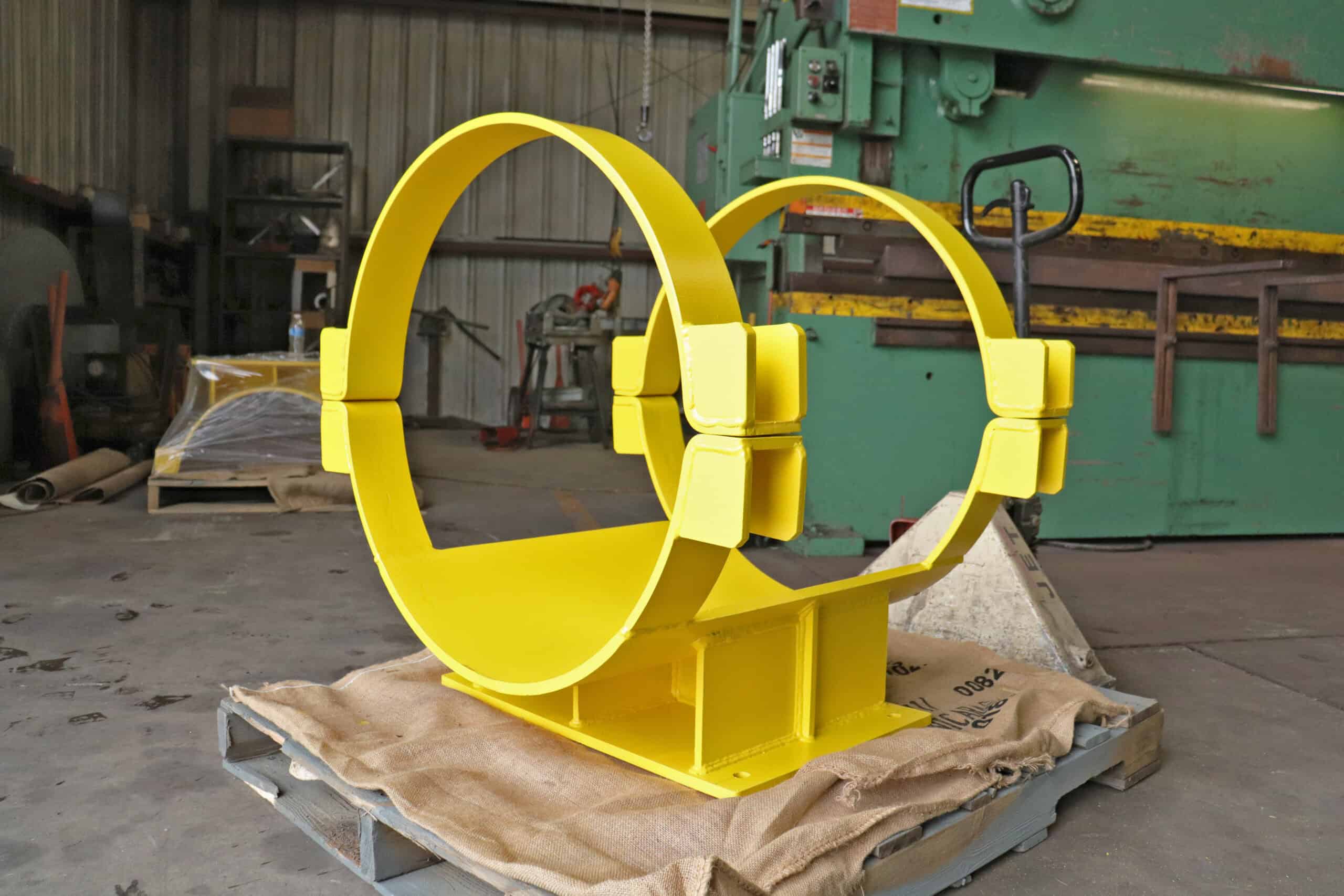Large-diameter pipes are an integral part of many industrial systems, transporting significant volumes of fluids and gases across long distances. However, supporting these pipes presents unique challenges due to their size, weight, and susceptibility to various forces such as thermal expansion, vibration, and environmental stresses. Properly managing these challenges is crucial for ensuring the integrity, safety, and longevity of the piping system. We will here delve into the specific challenges associated with supporting large-diameter pipes and offers solutions, including the use of specialized products from RedLineIPS, a brand of Cogbill Construction, to overcome these obstacles.
Challenges in Supporting Large-Diameter Pipes
Increased Weight and Load Distribution
Large-diameter pipes can weigh significantly more than smaller pipes, especially when filled with fluids or gases. This increased weight requires robust support systems that can handle the additional load without compromising stability. The high load can lead to stress on the supports and supporting structures, potentially causing deformation or failure if not properly managed.
Solution: Use heavy-duty pipe supports, such as our RedLineIPS heavy-duty adjustable and non-adjustable pipe supports, along with our pipe shoes, designed specifically for large-diameter pipes. These supports are engineered to distribute the load evenly and prevent excessive stress on any single point.
Thermal Expansion and Contraction
As with all pipes, large-diameter pipes expand and contract with temperature changes. However, due to their size, the amount of expansion and contraction can be significant, leading to excessive stress on the piping system and support structures. This can cause misalignment, increased friction, and potential damage to the pipe and its supports.
Solution: Implement slide plates along with the supports or shoes, to allow for controlled movement of the pipe due to thermal expansion and contraction. These supports reduce friction and prevent the transfer of excessive forces to the support structure.
Vibration and Dynamic Loads
Large-diameter pipes are often connected to equipment like pumps and compressors, which can introduce significant vibration into the system. The mass of the large-diameter pipe can amplify these vibrations, leading to fatigue and potential failure of the supports and the piping system.
Solution: Use vibration-dampening supports such as hold-down clamps with vibration-dampening materials. These clamps help to absorb and dissipate vibrational energy, reducing the impact on the pipe and its supports.
Environmental Factors
Large-diameter pipes are frequently used in harsh environments, such as offshore platforms or chemical processing plants. Exposure to corrosive substances, saltwater, and extreme temperatures can degrade the pipe supports, compromising their ability to safely support the load.
Solution: Choose materials that are resistant to environmental degradation, such as composite supports or supports made from corrosion-resistant alloys. Additionally, applying protective coatings can extend the lifespan of the supports in corrosive environments.
Best Practices for Supporting Large-Diameter Pipes
Proper Support Spacing
The spacing between supports is critical in large-diameter piping systems. Inadequate support spacing can lead to excessive sagging and stress, while overly close supports can restrict necessary movement due to thermal expansion.
Guideline: The spacing should be calculated based on the pipe material, size, and the weight of the pipe filled with fluid. The support design should account for the anticipated load and the expected movement due to thermal expansion.
Use of Expansion Loops and Bellows
For long runs of large-diameter pipe, expansion loops or bellows can be used to absorb thermal expansion and contraction. These elements allow the pipe to expand and contract without causing undue stress on the supports or connected equipment.
Guideline: Expansion loops should be designed to accommodate the calculated thermal expansion of the piping system. Bellows should be used in conjunction with guides and anchors to control the direction of movement.
Integration of Adjustable Supports
Guideline: Use adjustable base supports to accommodate vertical adjustments and ensure proper alignment throughout the life of the system.
Incorporation of Anchors and Guides
Guideline: Properly placed anchors and guides help divide the piping system into manageable segments, reducing the risk of excessive movement and stress. They should be designed to handle the forces expected during thermal expansion and contraction.
Case Studies:
Case Study 1: Supporting Large Pipes in a Processing Plant
In a recent project, RedLineIPS provided customized heavy-duty pipe shoes for a chemical processing plant that required support for 48-inch diameter pipes. The supports were designed to handle the significant weight of the pipes and the corrosive environment.
Case Study 2: Vibration Management in an LNG Facility
For an LNG facility facing severe vibration issues, RedLineIPS installed hold-down clamps with vibration-dampening materials. The solution successfully reduced the vibrational impact on the piping system, extending the life of both the pipes and the supports.
Supporting large-diameter pipes in industrial applications presents unique challenges due to their size, weight, and susceptibility to various forces. By understanding these challenges and implementing the appropriate solutions, you can ensure the safety, reliability, and longevity of your piping system. RedLineIPS, a brand of Cogbill Construction, offers a comprehensive range of products designed to address these challenges, providing robust support and protection for large-diameter piping systems.
For more information on the solutions available for large-diameter pipes, visit our Piping Supports Product Page and explore the full range of products designed to support and protect your industrial piping systems.





